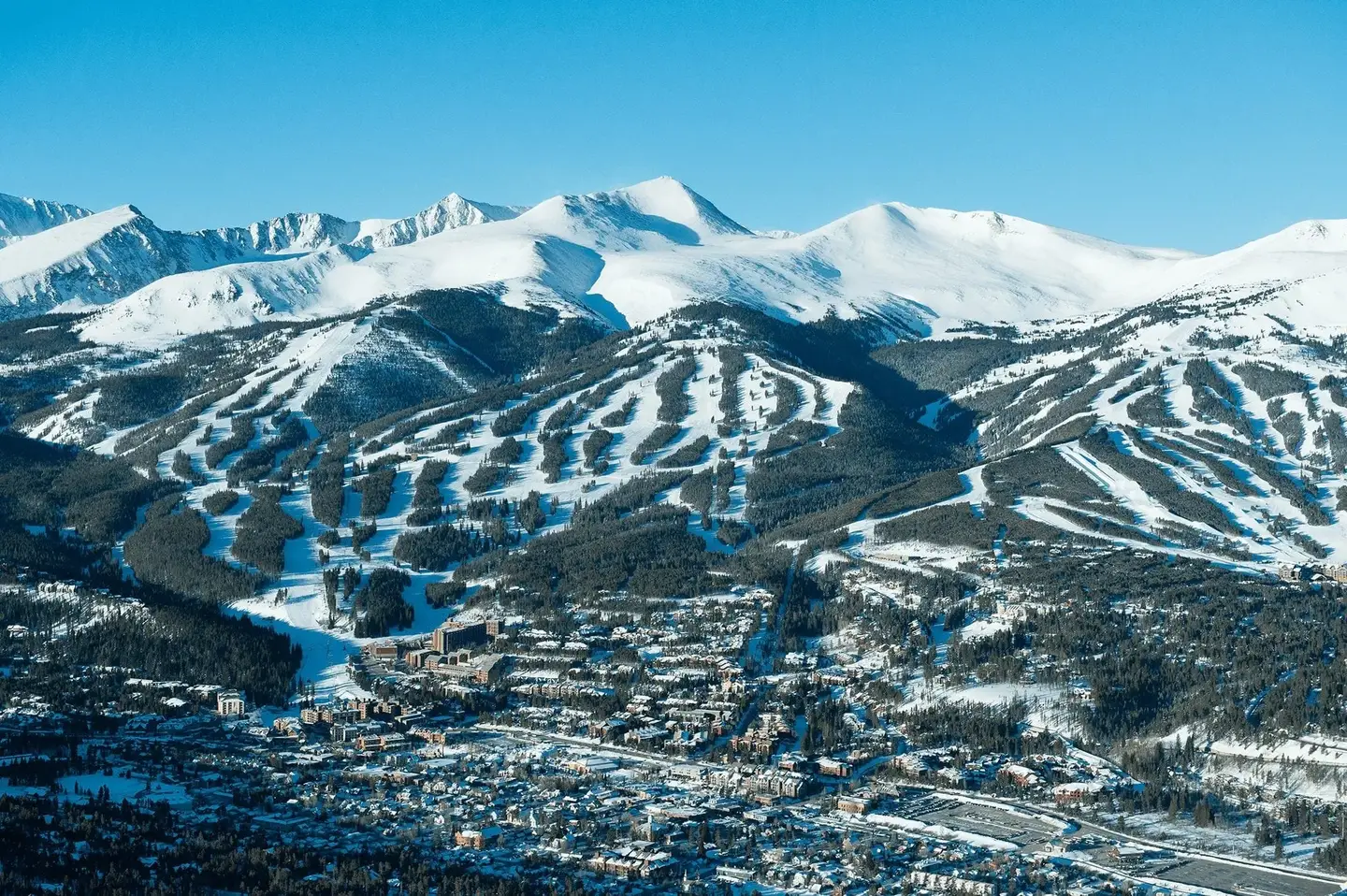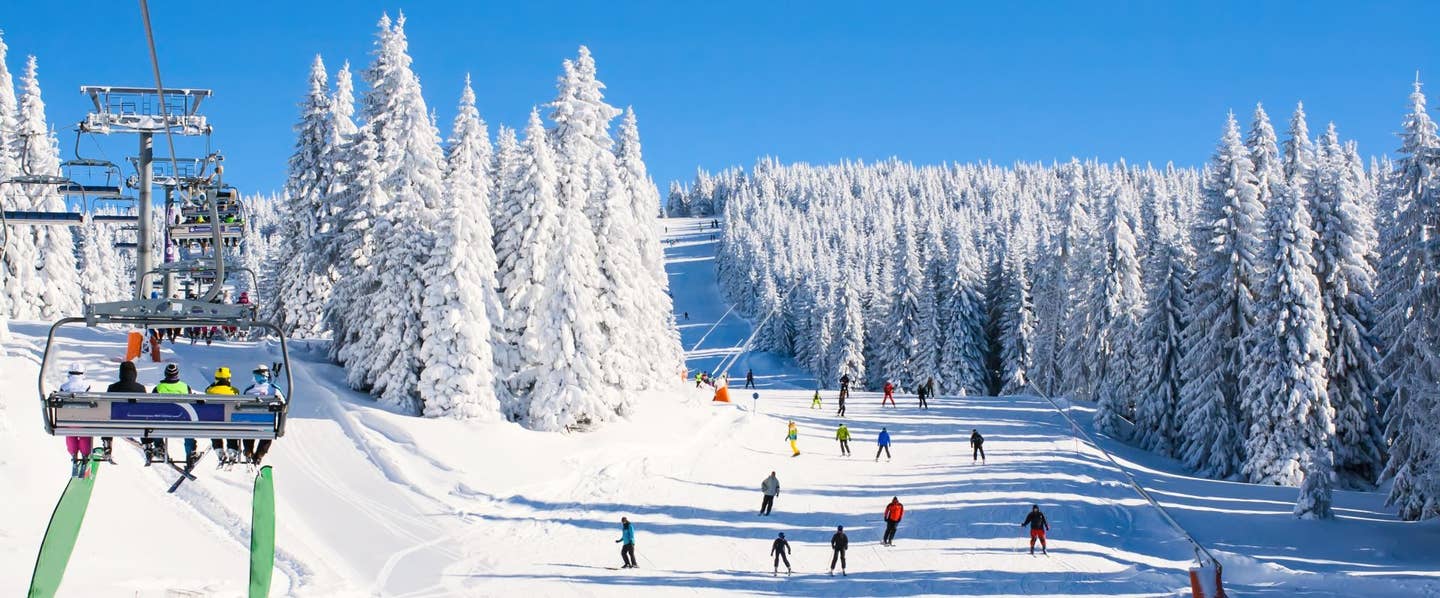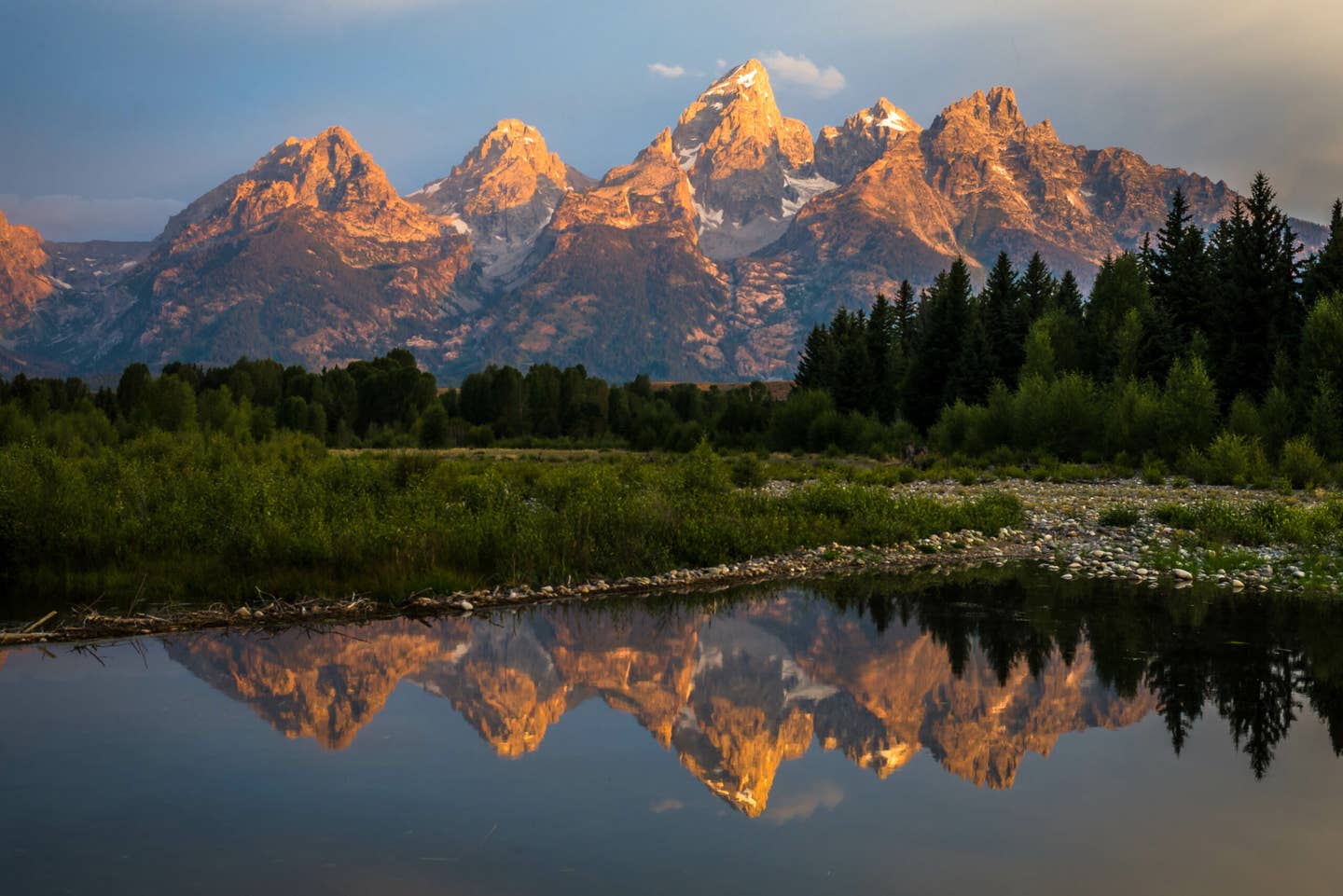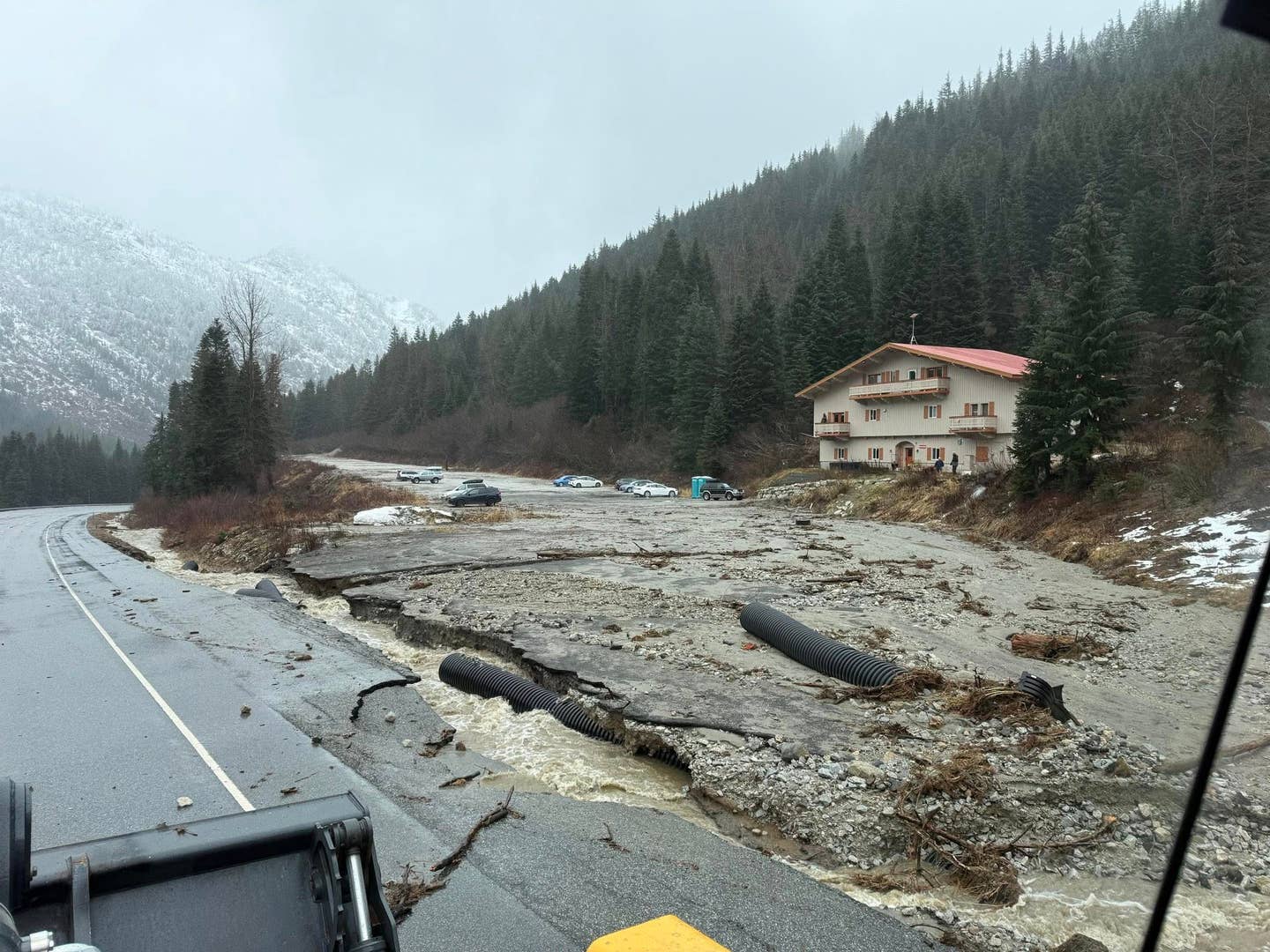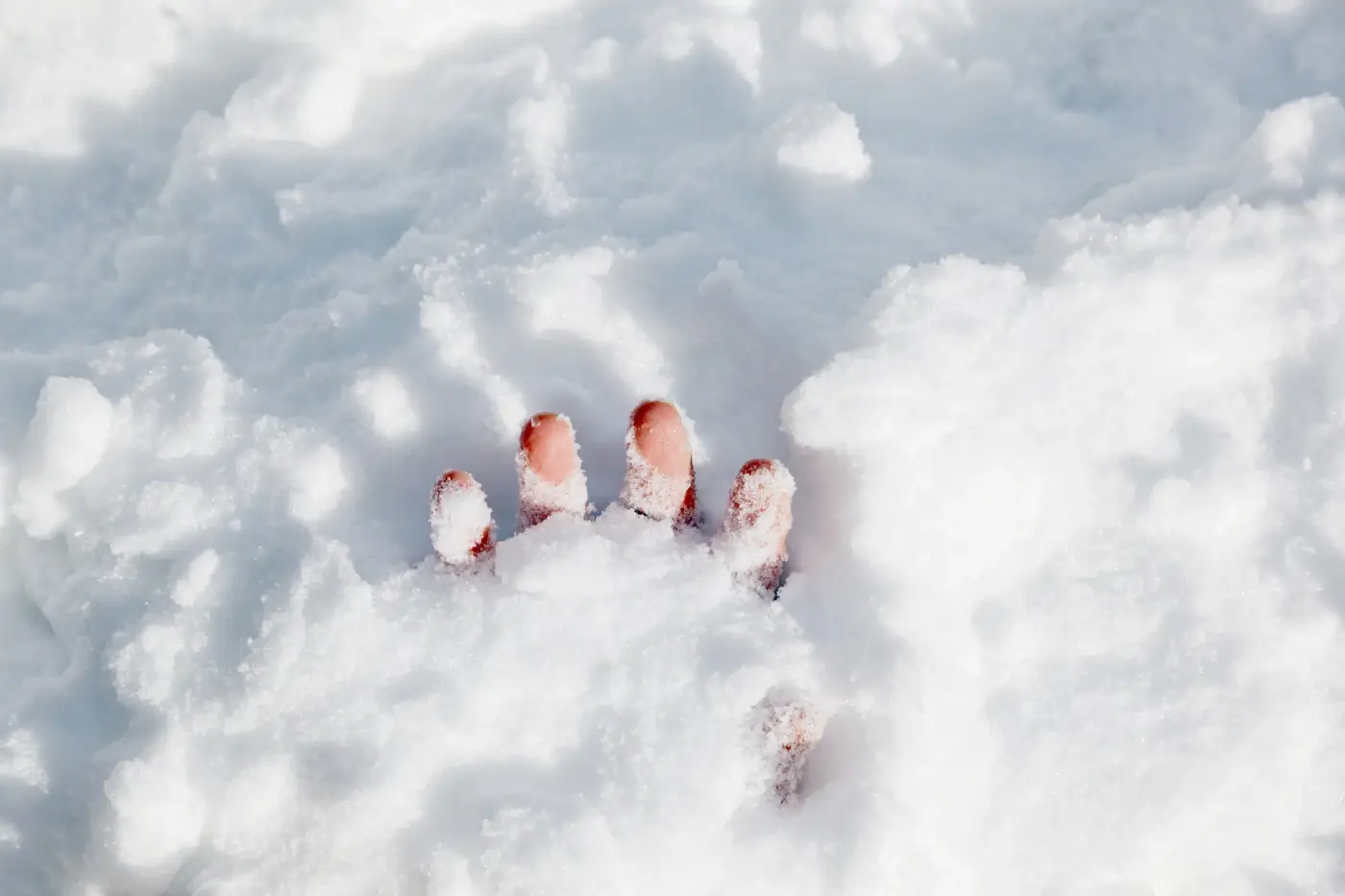

Avalanche: A Story of Survival on New Zealand’s Glacier Knob
Popular Stories
A stark reminder of the backcountry's power went down in New Zealand on Friday, July 18th, when a party of six ski tourers were caught in a significant avalanche on Glacier Knob, near Mount Ruapehu. The slide, which occurred in the Tongariro region, left four of the skiers partially buried, with one account detailing a skier being located only by their hand protruding from the snow.
The group was ascending on skins when the slab broke loose. According to the incident report filed with the New Zealand Avalanche Advisory, the crown of the avalanche was approximately 164 feet (50m) wide and 131 feet (40m) deep, occurring at an elevation of 8,038 feet (2450m).
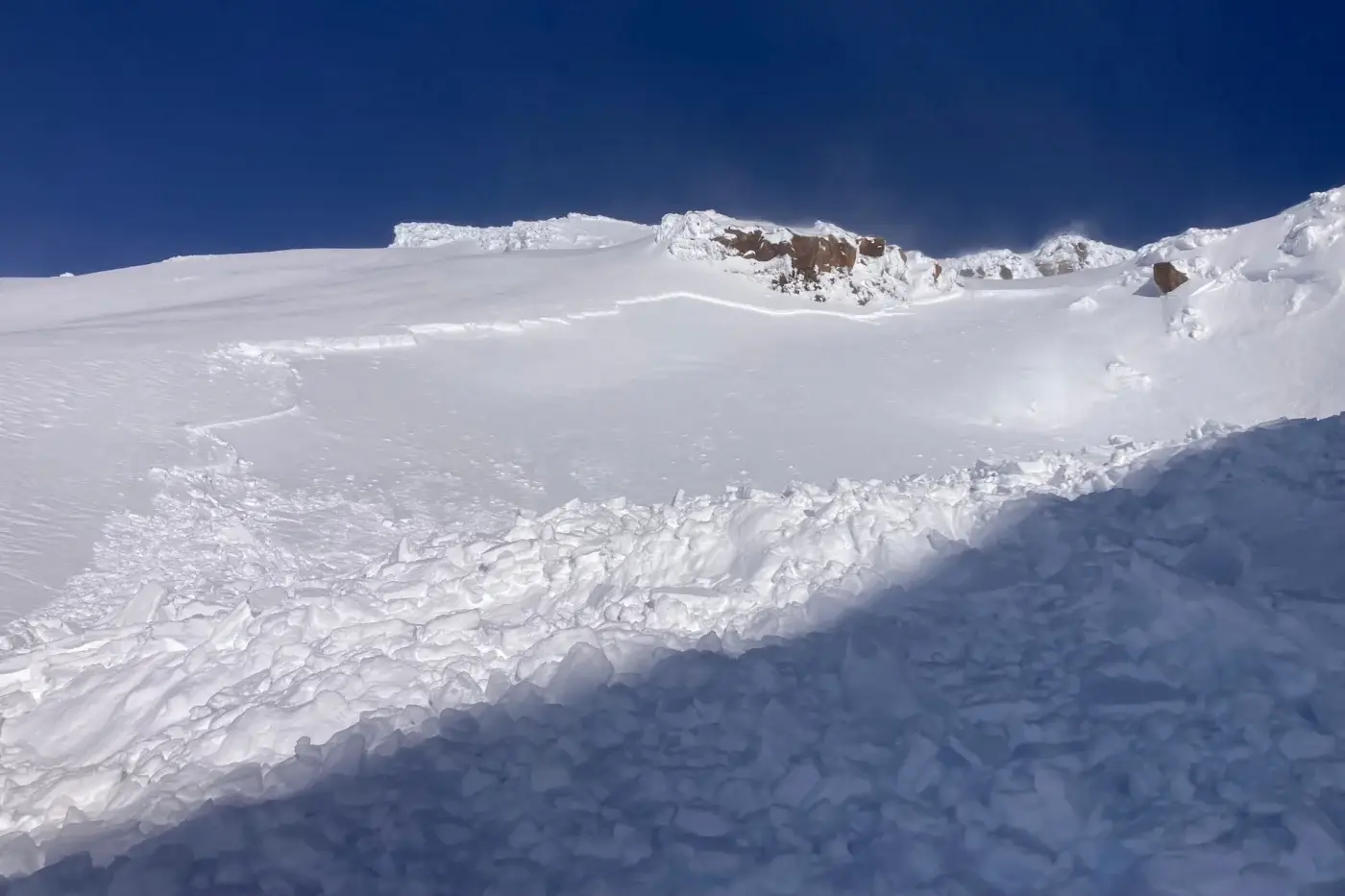
In a testament to the group's preparedness and quick thinking, they were able to perform a rapid and effective rescue. The report confirms that the airway of the most deeply buried skier was cleared within a critical two-minute window, and all four were fully excavated within ten minutes. This swift action undoubtedly prevented a more tragic outcome.
Sign Up for the TGR Gravity Check Newsletter Now
This incident serves as a crucial reminder that time is the most critical factor in avalanche rescue. The American Avalanche Association (AAA) notes that asphyxiation is the cause of death in about 75% of avalanche fatalities. Survival chances plummet with each passing minute. According to the AAA, there is a 92% chance of survival if a victim is extricated within 15 minutes, a number that drops to just 37% after 35 minutes.
For anyone planning to venture into the backcountry, this story underscores the absolute necessity of proper training, equipment, and decision-making. Before you go, take an AIARE Level 1 course, always check your local avalanche forecast, and carry a beacon, shovel, and probe—and know how to use them.
